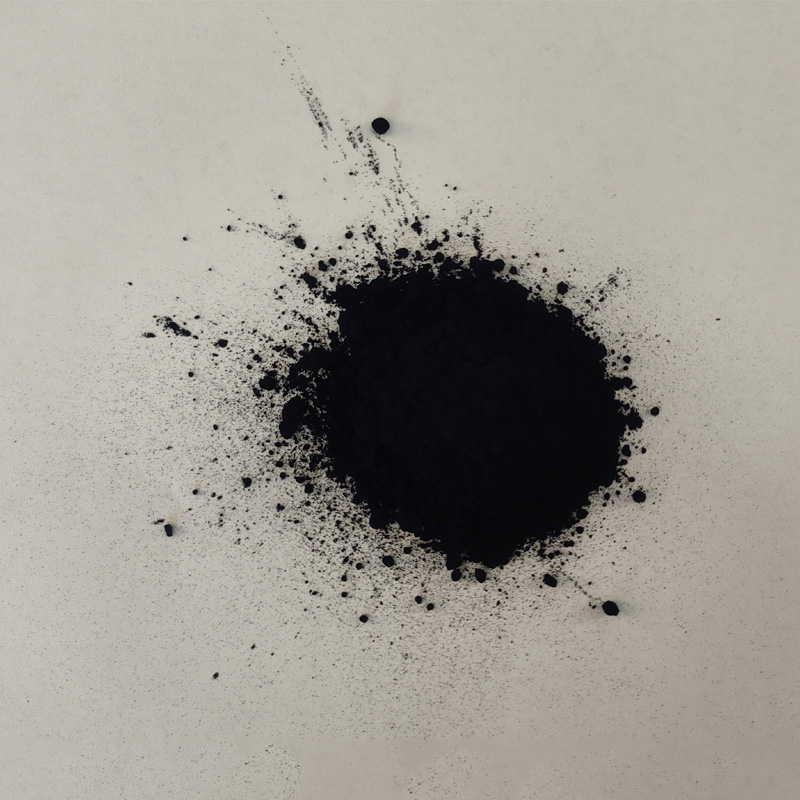Exploring the Timeless Beauty of Natural Indigo-Dyed Fashion
The Timeless Allure of Natural Indigo Clothing
Natural indigo, a dye derived from the leaves of the indigo plant, has been woven into the fabric of human history for centuries. Its striking blue hue evokes a sense of tranquility and depth, making it one of the most cherished dyes since its introduction. Today, clothing dyed with natural indigo is not just a fashion statement; it represents a sustainable choice and a connection to cultural heritage.
The Timeless Allure of Natural Indigo Clothing
In recent years, there has been a resurgence in the popularity of natural indigo clothing, driven by a growing awareness of the environmental impact of synthetic dyes. Traditional indigo dyeing is far more sustainable; it relies on natural processes and biodegradable materials. In contrast, synthetic dyes can introduce harmful chemicals into our water systems and have detrimental effects on both the environment and human health. As consumers increasingly prioritize sustainability, natural indigo clothing has come to symbolize a commitment to eco-friendly fashion.
famous natural indigo clothing

Regions around the world have embraced indigo dyeing, each developing its own unique techniques and styles. In Japan, indigo-dyed textiles are integral to traditional crafts, with methods such as shibori (a tie-dye technique) creating stunning patterns. Meanwhile, in India, the art of block printing and bandhani (tie-dye) showcases a myriad of designs that celebrate the cultural heritage of the people. Each piece tells a story, be it from a rural village or a bustling urban center, adding layers of meaning to the beauty of indigo clothing.
Moreover, wearing natural indigo clothing allows individuals to connect with the stories and traditions behind the fabrics. It acts as a medium of expression, showcasing personal style while also reflecting a broader commitment to ethical fashion. Shoppers who choose these garments are not just purchasing a piece of clothing; they are investing in a heritage that champions sustainable practices and celebrates artisanal craftsmanship.
With the increasing demand for sustainable fashion, many modern designers are rediscovering the beauty of natural indigo. They are combining traditional techniques with contemporary silhouettes to create clothing that appeals to a wide audience. This fusion of old and new not only keeps indigo artistry alive but also ensures that it remains relevant in today’s fast-changing fashion landscape. From flowing dresses to casual shirts and durable denim, the versatility of natural indigo is limitless.
In conclusion, natural indigo clothing offers a unique blend of beauty, sustainability, and cultural significance. It stands as a testament to centuries of craftsmanship and the enduring desire for sustainable practices in fashion. As we move toward a more conscious and environmentally aware future, embracing natural indigo clothing is not only a stylish choice but a step toward honoring our planet and its rich tapestry of traditions. By wearing indigo, we carry with us the stories of the artisans who create it, and we support a fashion movement that values heritage as much as innovation.
-
The Timeless Art of Denim Indigo Dye
NewsJul.01,2025
-
The Rise of Sulfur Dyed Denim
NewsJul.01,2025
-
The Rich Revival of the Best Indigo Dye
NewsJul.01,2025
-
The Enduring Strength of Sulphur Black
NewsJul.01,2025
-
The Ancient Art of Chinese Indigo Dye
NewsJul.01,2025
-
Industry Power of Indigo
NewsJul.01,2025
-
Black Sulfur is Leading the Next Wave
NewsJul.01,2025

Sulphur Black
1.Name: sulphur black; Sulfur Black; Sulphur Black 1;
2.Structure formula:
3.Molecule formula: C6H4N2O5
4.CAS No.: 1326-82-5
5.HS code: 32041911
6.Product specification:Appearance:black phosphorus flakes; black liquid

Bromo Indigo; Vat Bromo-Indigo; C.I.Vat Blue 5
1.Name: Bromo indigo; Vat bromo-indigo; C.I.Vat blue 5;
2.Structure formula:
3.Molecule formula: C16H6Br4N2O2
4.CAS No.: 2475-31-2
5.HS code: 3204151000 6.Major usage and instruction: Be mainly used to dye cotton fabrics.

Indigo Blue Vat Blue
1.Name: indigo blue,vat blue 1,
2.Structure formula:
3.Molecule formula: C16H10N2O2
4.. CAS No.: 482-89-3
5.Molecule weight: 262.62
6.HS code: 3204151000
7.Major usage and instruction: Be mainly used to dye cotton fabrics.

